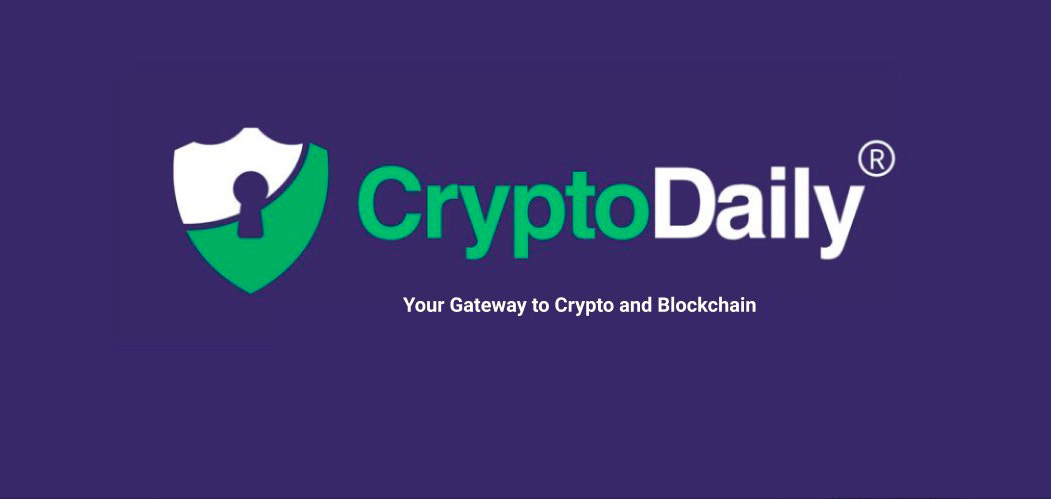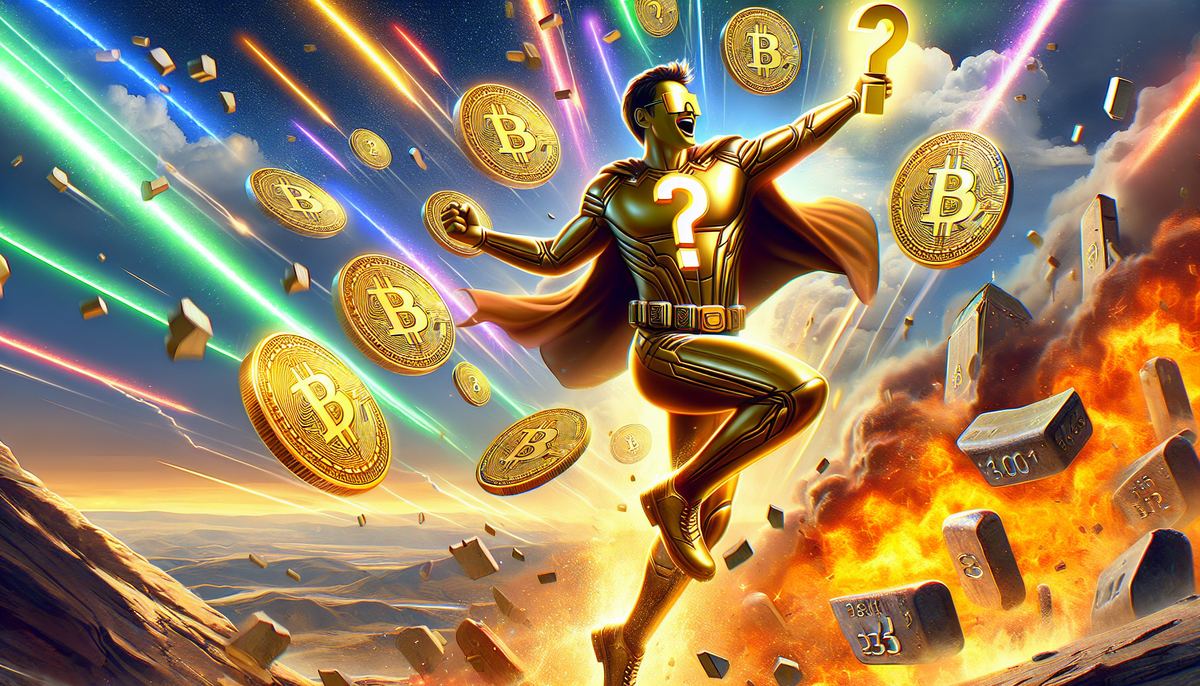Published
5 years ago on
August 14, 2018
“Over the year, Ripple has been sticking to their roadmap of slowly decentralizing the XRP Ledger by adding third-party validators to the default UNL. For every two third-party validators added to the default UNL, Ripple will remove one of theirs.”Moreover:
“The process has taken place over the year, as per Ripple’s decentralization strategy. Currently, as Ripple controls 10 of the 21 nodes on the default UNL, they effectively operate only 48% of the validator nodes. This is notwithstanding that each node on the network can determine the UNL they want to process their transactions, effectively allowing for a measure of decentralization through choice.”I still think Ripple have a bit of work to do before they can call for complete decentralisation, as ultimately 48% of the network still offers Ripple the opportunity to control and manipulate a very large chunk of the network. Not that they will, but a lot of decentralisation is down to theory, a network can’t be decentralised if in theory, a lone entity can control the majority of it.Overall, this is good news and acts as a benchmark in Ripple’s progression. XRP will grow, now as a ‘mostly’ decentralised asset, and might finally start being taken seriously by the hardcore ‘decentralisers’ among us. Investment Disclaimer








